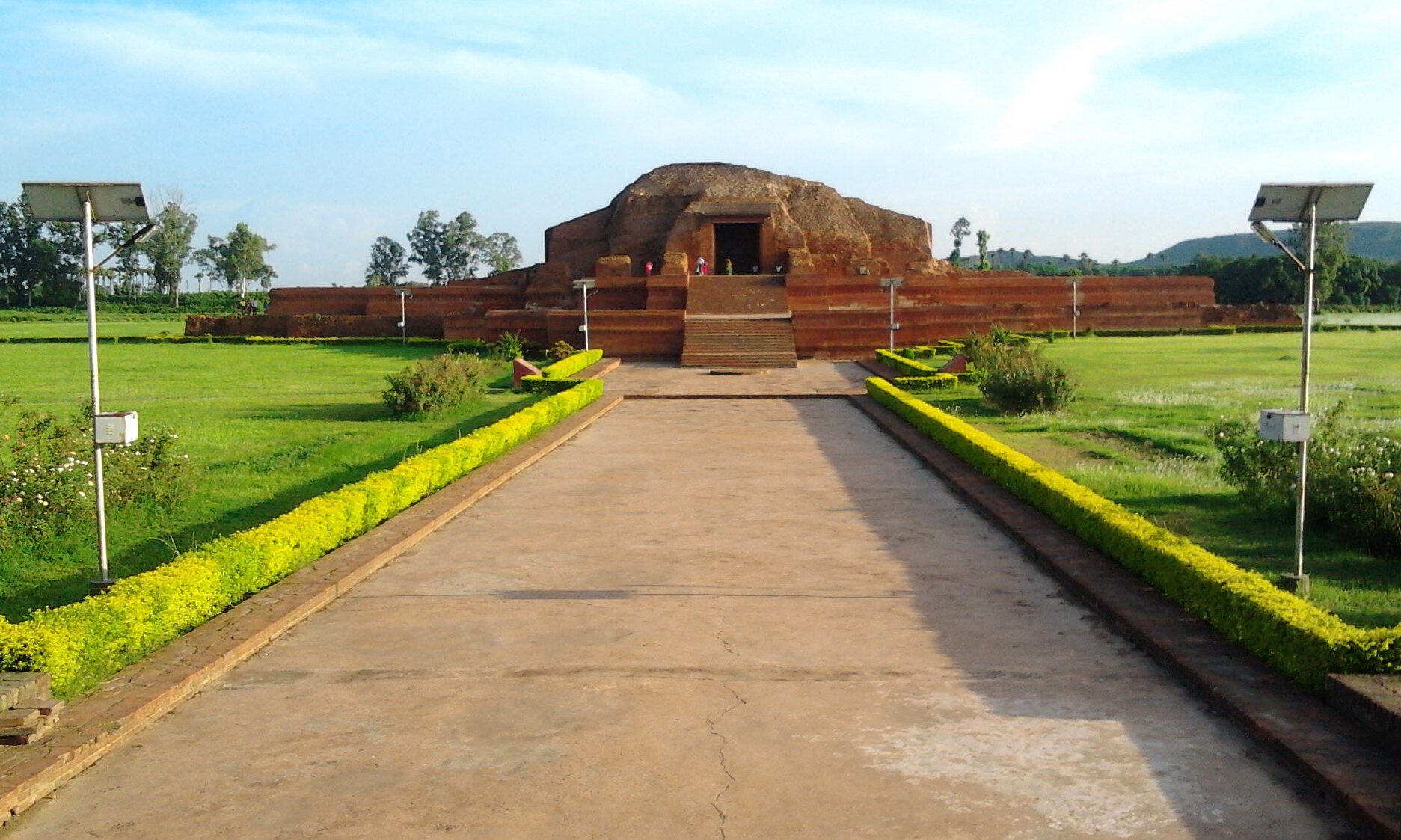Godda is a town with a municipality in the Godda subdivision of the Godda district in the Indian state of Jharkhand. It is the headquarter of the Godda district. Godda experiences a tropical wet and dry climate, and the basic seasons in this region are summers, winters and the monsoon.
HistoryAs a consequence of the Santhal rebellion of 1845-55 the district of Santhal Paragna was created from portions of Bhagalpur and Birbhum. Godda was a part of undivided Santhal Pargana district until 1981 census. Later, the old Godda sub-division of Santhal Pargana was separated and formed as a new district. The district of Godda was created on 17 May 1983 out of old Santhal Pargana district which was upgraded to the level of division. Godda, the only one town of the district, is the headquarters of Godda district, Godda subdivision and Godda block.
GeographyGodda is located at 24.83°N 87.22°E. It has an average e…



















